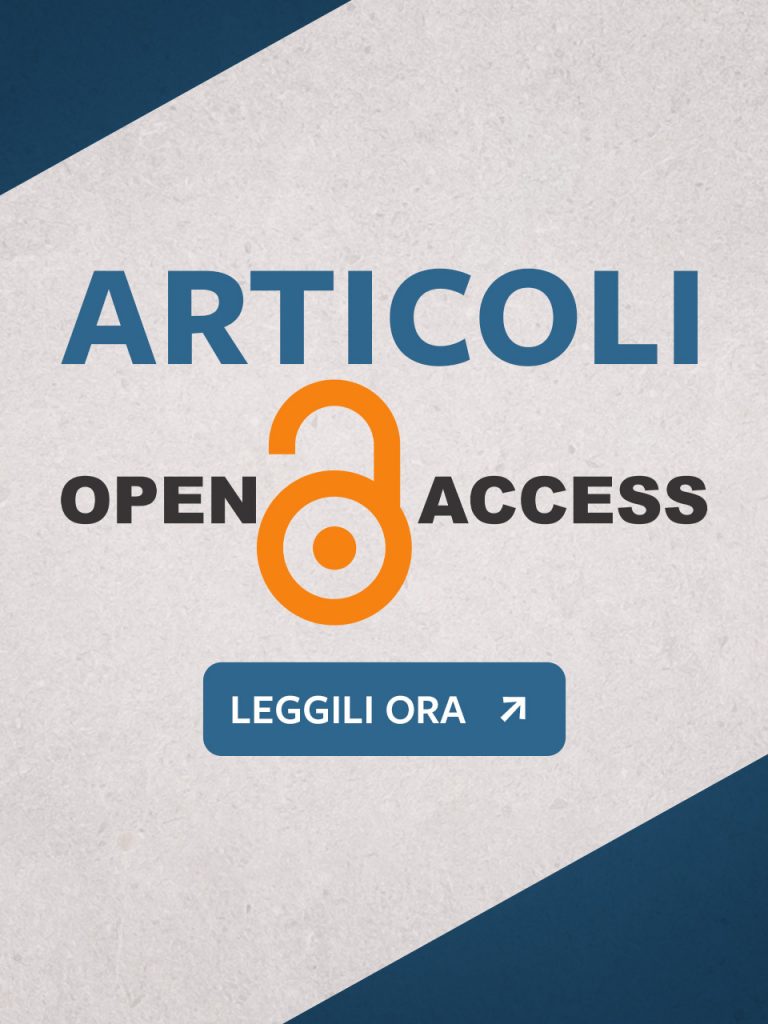Sensory Premonitory Urge and cognitive behavioural treatment of a tic disorder associated with an obsessive-compulsive disorder
Luisa Scaduto, Francesca Cuzzocrea, Rosalba Larcan
This case study presents a tic disorder associated with an obsessive-compulsive disorder (DOC).
The patient is a young man who is 26 years old. The following aspects are described: the case
conceptualisation, formulated on the basis of the Sensory Premonitory Urge (PU) and the cognitive
and behavioural therapy. Two types of treatment were adopted, applied in two successive times, each
divided into three consecutive phases: Phase 1 – baseline; Phase 2 – treatment; Phase 3 – posttreatment.
A standard cognitive therapy to restructure the obsessive beliefs and an Exposure therapy
with Response Prevention were adopted initially. A voluntary tic suppression procedure in daily
sessions was adopted at a later stage, with progressive increased timing. A follow-up period (Phase
4) was foreseen at the end of this later treatment stage. Overall, the results showed a statistically
significant decreasing trend for both the tic frequency and the PU intensity, and with an almost
complete extinction of the tic.
Keywords
Tic disorder, Premonitory Urge, voluntary suppression, obsessive-compulsive
disorder, cognitive and behavioural treatment.

